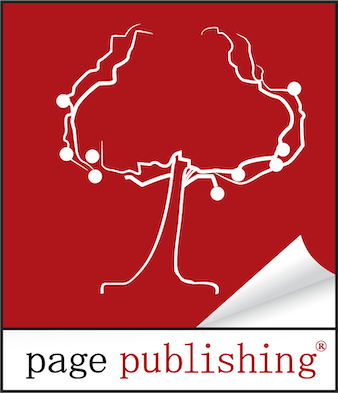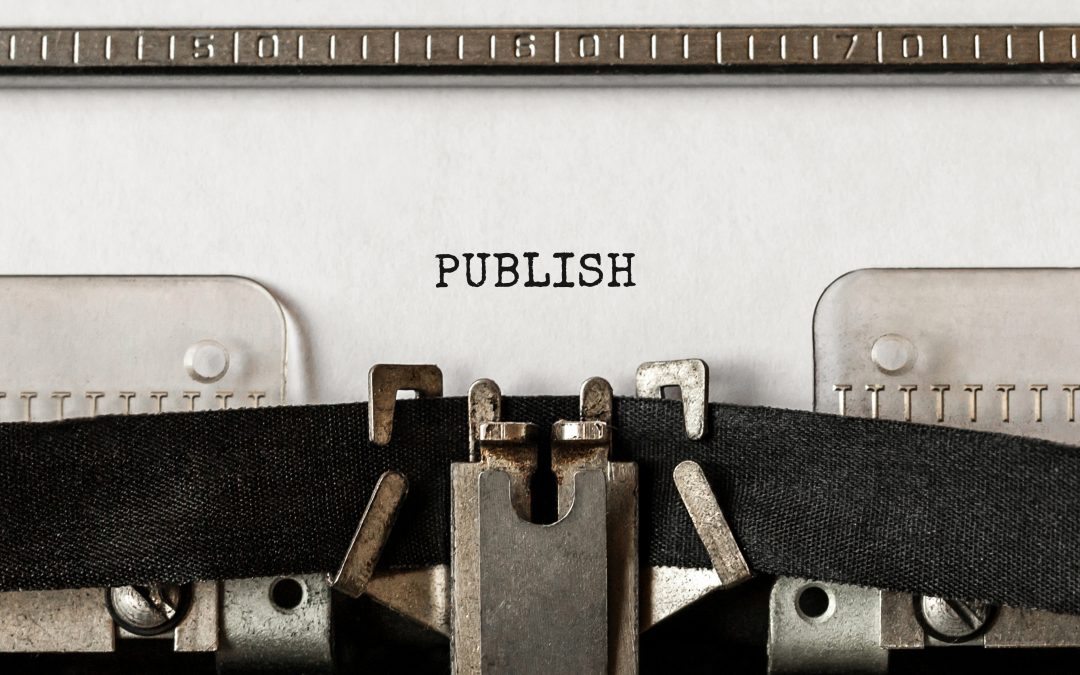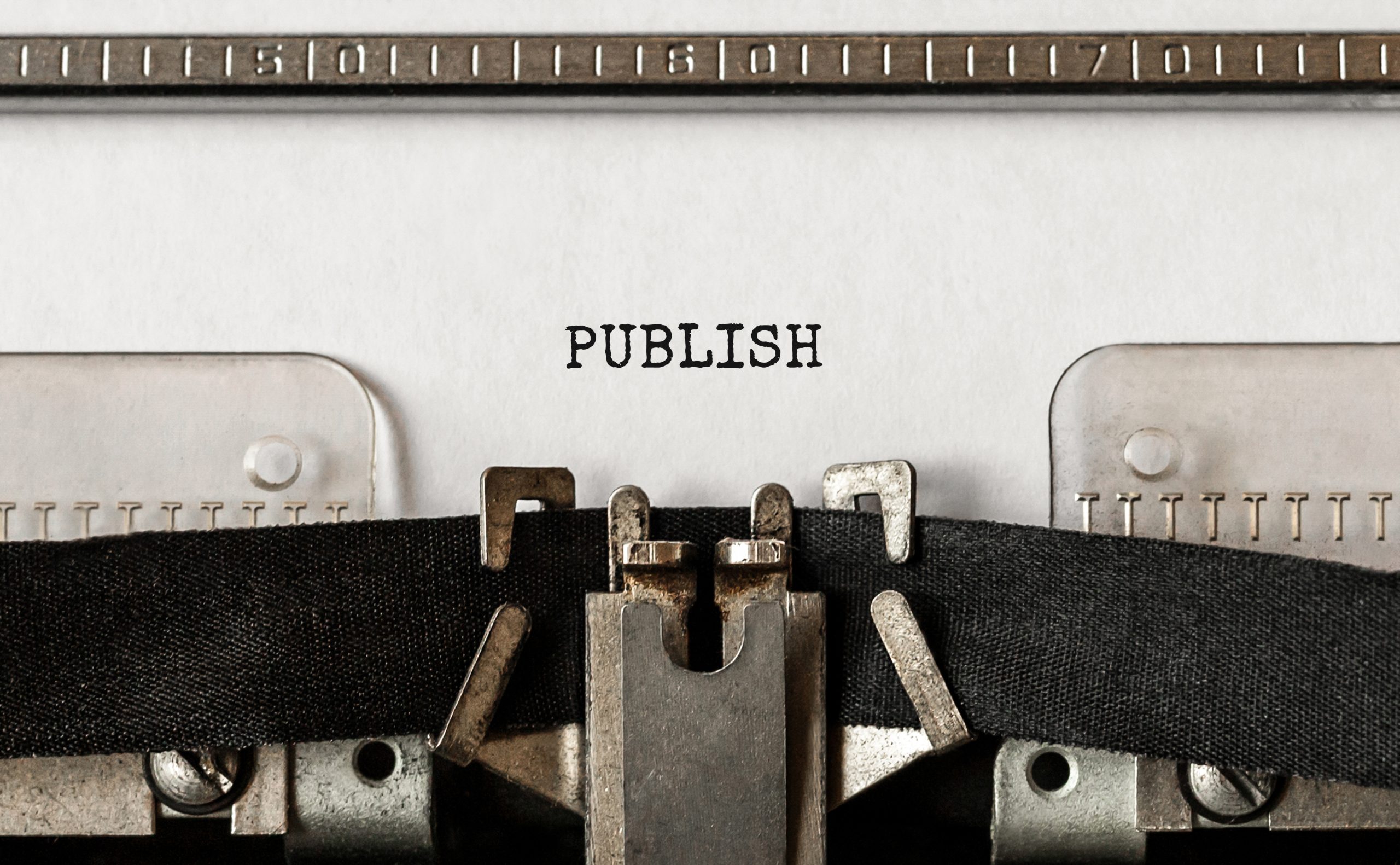
Writing Haunted Tales: 7 Tips to Craft the Perfect Ghost Story

Ghost stories have captivated readers for centuries, offering a unique blend of fear, mystery, and the unknown. A well-crafted ghost story can chill readers to their core, evoking both suspense and emotion. Use these 7 tips to write a haunting tale that lingers in the mind long after the final page.
1. Understand the Heart of a Ghost Story
At its core, a ghost story is about more than just the supernatural—it’s often about unresolved emotions, grief, regret, or a disturbance in the natural order. Ghosts typically represent unfinished business or the consequences of the past haunting the present. Whether you’re writing a classic haunted house tale or a modern psychological thriller with spectral elements, focus on the emotional stakes. What is the ghost’s purpose? What emotional weight do they carry?
Emotional Core: A ghost could be driven by revenge, sadness, or a desperate need for closure. Readers will connect more deeply with the story if the ghost’s presence has a meaningful purpose beyond just causing terror.
2. Set the Atmosphere
The atmosphere is essential to any ghost story, acting as an additional character and contributing to the sense of dread. Haunted houses, abandoned hospitals, fog-shrouded graveyards, or even a mundane place where something feels off can all create the unsettling tone necessary for a ghost story.
Mood and Setting: Establish an eerie mood through your descriptions. Use sensory details—creaking floorboards, sudden drafts, or shadows moving out of the corner of the protagonist’s eye—to build tension.
Isolation: Many ghost stories work best when the protagonist feels isolated. This could be physical isolation (being alone in a remote location) or emotional (feeling disconnected from others who don’t believe in the ghost’s presence).
Take the time to immerse your readers in the setting. The more vivid and atmospheric the surroundings, the more haunting the experience will be.
3. Develop Complex Characters
A great ghost story needs compelling characters—living and dead. Readers must care about the people involved, otherwise, the haunting won’t carry as much emotional weight.
Protagonist’s Motivations: Why does your protagonist become involved with the ghost? Are they trying to uncover a mystery, seeking vengeance, or accidentally stumbling into the supernatural? Their motivations should drive the story forward.
Ghost’s Backstory: the ghost often remains mysterious; gradually revealing its backstory to build momentum. The more readers learn about who the ghost was in life, the more terrifying and tragic their haunting becomes.
By developing both the ghost and the protagonist’s emotional arcs, you create a more gripping and meaningful narrative.
4. Master the Art of Subtlety
Ghost stories thrive on what isn’t shown. The scariest moments often come from anticipation and suggestion rather than outright terror. Focus on building suspense and leaving certain details to the imagination.
Hints and Glimpses: Introduce the ghost slowly, through fleeting glimpses or unexplained phenomena. A shadow moving in the background, a strange noise, or a cold touch can be far more unsettling than a full apparition early on.
Psychological Uncertainty: Is the haunting real, or is it in the protagonist’s mind? Leaving this question unresolved until later in the story adds tension and keeps readers questioning what’s happening.
Unseen Terror: Sometimes the most terrifying ghosts are the ones that are rarely seen. Use environmental clues, such as objects moving, doors closing on their own, or strange smells, to imply the ghost’s presence without fully revealing it.
Subtlety makes the story more immersive, allowing readers to engage their imaginations and feel the creeping dread of the unknown.
5. Create Tension Through Pacing
Pacing is crucial to a successful ghost story. Build tension gradually, creating an escalating sense of dread until the inevitable confrontation with the ghost.
Slow Burn: Start with small, eerie occurrences and gradually increase the intensity to let the suspense build as the protagonist becomes more aware of the ghost’s presence.
Moments of Calm: Give readers moments of relief between the scares to make the haunting moments even more jarring. These brief respites can heighten the impact when the next frightening event occurs.
The pacing should mirror the rising tension, keeping readers on edge and eager to discover what happens next.
6. Incorporate Themes of Loss and Unresolved Conflict
Ghost stories often revolve around themes of death, grief, and unresolved conflict. The ghost’s haunting is typically tied to unfinished business or a traumatic event from the past.
Unresolved Grief: The ghost could represent a loved one who died tragically, leaving behind unresolved feelings that the protagonist needs to come to terms with to resolve their guilt or sorrow and allow the ghost to rest.
Historical Injustice: Perhaps the ghost lingers due to an unresolved injustice. Stories involving vengeance or justice often tap into larger themes of societal wrongs or personal betrayals.
By linking the ghost’s presence to these deeper themes, your story gains emotional resonance, making the haunting feel more profound.
7. Deliver a Memorable Ending
The conclusion of a ghost story should leave readers with a lingering sense of unease. Whether it’s a twist, a moment of unresolved tension, or the protagonist finally understanding the ghost’s motives, the ending should be impactful.
Resolution vs. Ambiguity: Decide whether to give your story a clear resolution—where the ghost’s motives are fully revealed and the haunting ends—or to leave some questions unanswered, letting the mystery live on.
Twist Endings: A twist at the end, such as the ghost not being who the protagonist thought or the haunting continuing despite the protagonist’s efforts, can leave a lasting impression.
Emotional Closure: Even in a horror setting, emotional closure can be powerful. The protagonist may help the ghost find peace, or they may come to terms with their own unresolved issues.
Whatever direction you choose, aim for an ending that sticks with readers, leaving them to think about the story long after they finish.
Writing the perfect ghost story involves more than just jump scares or supernatural encounters. It requires building a world steeped in atmosphere, creating deep emotional stakes, and mastering the art of subtlety and suspense. By focusing on character development, pacing, and themes of unresolved conflict, you can craft a haunting tale that lingers in the reader’s mind like a ghostly whisper in the night.







